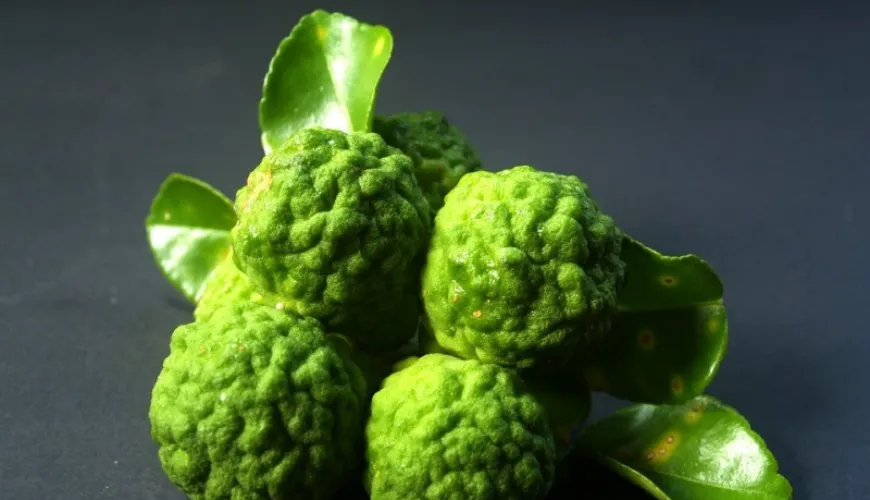
How to Recognize Raspberry Tongue and Why It's Important to Act Quickly

What Does a Raspberry Tongue Mean and Why Should It Concern Parents?
At first glance, it may seem almost harmless – a child's tongue turns a striking red color, resembling the surface of a ripe raspberry. However, this symptom often serves as a warning that something more serious is happening in the young patient's body. A raspberry tongue is a well-known and typical symptom of an illness called scarlet fever or more precisely, scarlet angina. Although this disease may initially appear like a common viral infection, it should not be underestimated.
What is Scarlet Fever and Why is Raspberry Tongue a Key Symptom?
Scarlet fever (medically "scarlatina") is a bacterial infection caused by group A streptococci (Streptococcus pyogenes), which also cause strep throat, impetigo, or erysipelas. However, in scarlet fever, these bacteria behave a bit differently – they produce toxins that trigger the characteristic rash and change the appearance of the tongue.
In the early stages of the disease, a child's tongue may appear white with small red dots – this condition is called "white raspberry tongue." However, after a few days, the coating disappears, leaving only an intensely red, shiny tongue with raised papillae, resembling a raspberry. This so-called raspberry tongue in children is very noticeable and is one of the most characteristic signs of the disease.
Scarlet angina and raspberry tongue often go hand in hand. The child usually has a high fever, a sore throat, the tonsils are red and covered with a coating, and there is a rash – most commonly on the torso and groin, later on the limbs as well. The skin may feel rough to the touch, like sandpaper. This combination of symptoms helps the doctor make a quick diagnosis.
How Does the Disease Progress and Why is Timely Treatment Important?
Scarlet fever spreads through droplets, similar to the flu or other upper respiratory tract infections. It most commonly affects children between the ages of 3 and 10, but can occasionally occur in adults. The incubation period is short – 1 to 4 days. The first sign is usually a sore throat, often accompanied by chills, fever, and a feeling of general weakness. The rash and red tongue resembling a raspberry usually appear on the second or third day after the onset of symptoms.
Interestingly, the disease can have a very different course – in some children, it is accompanied only by mild symptoms, while in others, it can cause more serious complications if not recognized and treated in time. The first-line treatment is antibiotics, specifically penicillin, which effectively eliminates the bacteria and prevents the spread of infection and the development of late consequences, such as rheumatic fever or post-streptococcal glomerulonephritis.
Raspberry Tongue in Children
Parents of young children are often used to their child's tongue changing color – for example, after consuming candies, raspberry jam, or red lollipops. But if a child's tongue is red, shiny, painful, and accompanied by fever and a rash, it is definitely time to contact a pediatrician.
For example, the mother of three-year-old Ondra noticed that her son's tongue was suddenly very red and he complained of a sore throat. Initially, she attributed it to a cold, but when a fever over 39 °C appeared the next day and a small red rash appeared on his abdomen, she took him to the doctor. The diagnosis was clear – scarlet angina, with raspberry tongue as a warning sign.
This experience is not uncommon. According to data from the State Health Institute, several thousand cases of scarlet fever are recorded in the Czech Republic each year, and although it is generally well-managed today thanks to antibiotics, it can still pose a risk if overlooked or not treated thoroughly.
How to Differentiate Raspberry Tongue from Other Symptoms?
Inflammation of the tongue, change in its color or texture – all these can be caused by a variety of other conditions, from vitamin deficiencies, allergies, to viral infections. However, raspberry tongue in children is very specific – characterized by a bright red color, shiny surface, and raised taste buds. If accompanied by a rash, fever, and sore throat, it is very likely to be scarlet fever.
Try our natural products
Interestingly, the tongue can also be similarly red in some other bacterial infections, such as Kawasaki syndrome – a rare but serious inflammatory disease affecting the blood vessels. This is why a quick visit to the doctor is important so that they can determine the correct diagnosis based on other symptoms.
What to Do When Scarlet Fever Appears?
Home treatment of scarlet fever is not possible without antibiotics. The doctor usually prescribes penicillin for 10 days or macrolides, if the child is allergic. It is important to complete the full length of treatment, even if symptoms improve after a few days. The child should stay home for at least a week, rest, drink plenty of fluids, and eat soft foods that do not irritate the sore throat.
In the first few days, the tongue is very sensitive, and while the raspberry color may look charming, the child feels burning, pain when talking or swallowing. Therefore, suitable foods include soups, yogurts, porridges, or smoothies. Applying cold compresses to the neck can relieve pain, as can gargling herbal decoctions (such as sage or chamomile), if the child can manage it.
After recovering from the disease, it is advisable to monitor the child for a few more days, especially if swelling, joint pain, or changes in urination appear – these could be signs of late complications. Fortunately, these cases are rare if the disease is properly treated.
Prevention and Caution in Groups
Scarlet fever is contagious – the most in the first days of the illness. Therefore, the child should stay home, and if taking antibiotics, they are usually considered non-infectious after 48 hours of treatment. In groups, such as kindergartens and schools, outbreaks sometimes occur, especially in the autumn and winter months. Fortunately, the disease is well-managed today if parents and teachers know what to watch out for.
Last but not least, personal hygiene also plays a role – children should be taught to wash their hands regularly, cough into a handkerchief, and not put their hands in their mouths. Although scarlet fever primarily affects children, every adult who comes into contact with them should be on guard, especially if a case of illness occurs nearby.
"Parents often think that scarlet fever no longer exists today. But the opposite is true – we still encounter it in our practices. It usually has a good prognosis, but only thanks to timely diagnosis and treatment," says MUDr. Petra Horská, a general practitioner for children and adolescents.
So next time a child has a fever, a red tongue, and a rash, stay alert. Raspberry tongue is not just a curious condition but one of the key signals that the body is fighting a bacterial infection. And the sooner it is confronted, the quicker the child will return to health – and perhaps even to real raspberries.







